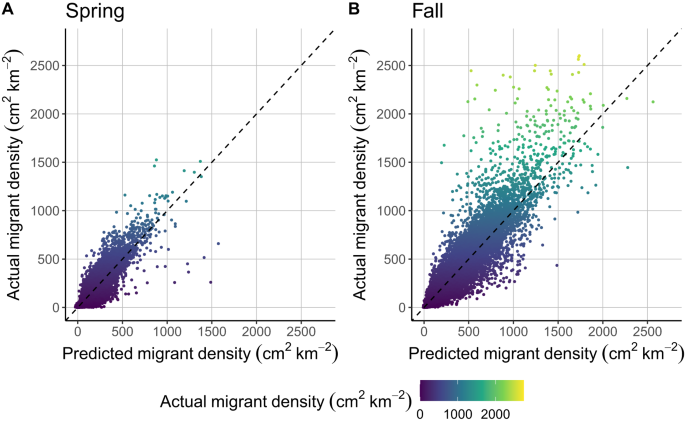2023-12-12 デューク大学(Duke)
◆従来の物体の数を数える代わりに、空間の特性を重視し、その空間のジオメトリを数学的手法で詳細にマッピングする新手法「LOVAMAP」を開発しました。
◆これにより、粒子形状が異なる3D孔構造をもたらす方法を理解し、細胞の行動にどのように影響するかを探求できます。LOVAMAPは、粒子系の構造安定性を調査する新しい視点を提供し、傷癒研究においても細胞の挙動と3D孔の関係を詳細に調査するために使用されます。
<関連情報>
充填粒子状物質中の3次元細孔の同定と解析 Identification and analysis of 3D pores in packed particulate materials
Lindsay Riley,Peter Cheng & Tatiana Segura
Nature Computational Science Published:21 November 2023
DOI:https://doi.org/10.1038/s43588-023-00551-x

Abstract
We took the classic ‘guess the number of beans in a jar game’ and amplified the research question. Rather than estimate the quantity of particles in the jar, we sought to characterize the spaces between them. Here we present an approach for delineating the pockets of empty space (three-dimensional pores) between packed particles, which are hotspots for activity in applications and natural phenomena that deal with particulate materials. We utilize techniques from graph theory to exploit information about particle configuration that allows us to locate important spatial landmarks within the void space. These landmarks are the basis for our pore segmentation, where we consider both interior pores as well as entrance and exit pores into and out of the structure. Our method is robust for particles of varying size, form, stiffness and configuration, which allows us to study and compare three-dimensional pores across a range of packed particle types. We report striking relationships between particles and pores that are described mathematically, and we offer a visual library of pore types. With a meaningful discretization of void space, we demonstrate that packed particles can be understood not by their solid space, but by their empty space.



